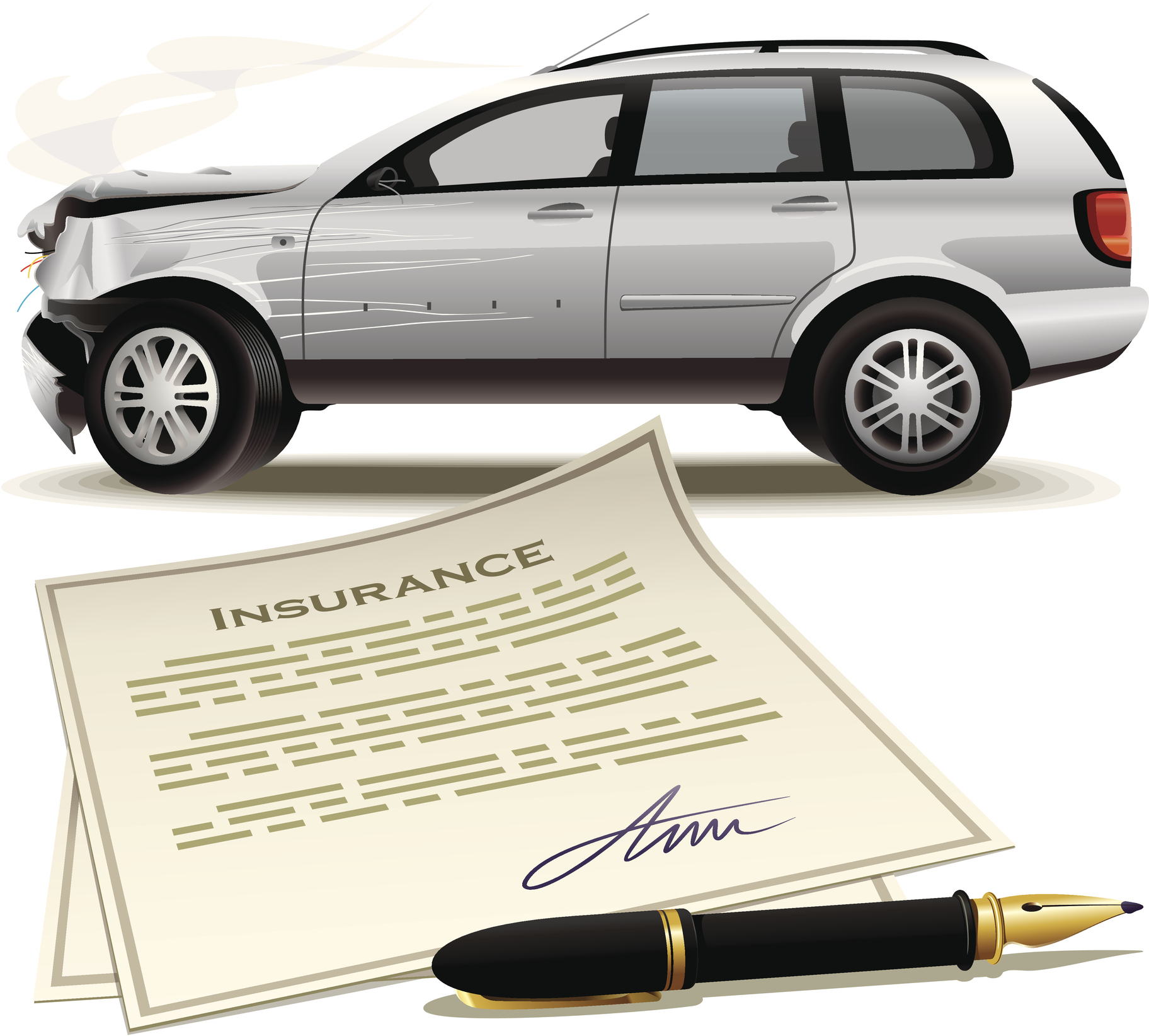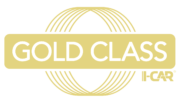DRP (Direct Repair Program) – A direct repair program is an agreement between an insurance company and a repair shop. Generally, the insurance company agrees to fast or automatic approvals of repairs in which the repair shop agrees to certain terms and standards, like billing practices, record keeping, and some repair practices.
Automobile Liability Insurance – This kind of policy protects a policyholder from financial responsibility, up to the policy limit, for bodily injuries or property damage to other people and their property in the case of an accident.
Collision Coverage – When a vehicle is damaged by a collision, as defined by the policy, (usually when a car collides with another object or vehicle) collision coverage is the part of the policy that pays for repairs, up to the policy limit.
Bodily Injury Liability Coverage – When the policyholder is at fault in an accident, bodily injury liability coverage protects them from financial responsibility, up to the policy limit.
Comprehensive Coverage – When a vehicle is damaged by something other than a collision, as defined by the policy, this is the part of the policy that pays for repairs, up to the policy limit. (Sometimes certain kinds of damage are excluded, so check your policy!)
Deductible – When you make an insurance claim, this is the portion of money you have to pay out of pocket before your insurance company will pay out.
Economic Benefits – These are benefits your insurance company pays that are general expenses, like medical costs and lost wages.
Medical Payments Coverage – When you’re in an accident, this is the portion of your policy that would cover medical costs for you and your passengers. It’s like a special kind of medical insurance that only pays out in the case of an accident.
Non-Economic Benefits – These are costs that an insurance company would cover that aren’t tangible, and that a judge would generally need to require, like pain and suffering, emotional stress, etc.
Property Damage Liability – When you damage someone else’s property in an accident, this is the portion of your policy that covers those costs, up to the policy limit.
Third Party – When you’re in an accident or otherwise using your auto insurance, the third party is anyone involved who isn’t you or your passengers, or your insurance company.
Uninsured/Underinsured Motorist Coverage – If you’re in an accident with another vehicle and the driver doesn’t have auto insurance, or doesn’t have enough coverage to pay for all the costs they’re responsible to pay, this portion of your policy is what covers the cost that the other driver is unable to pay so you aren’t stuck with the bill.




